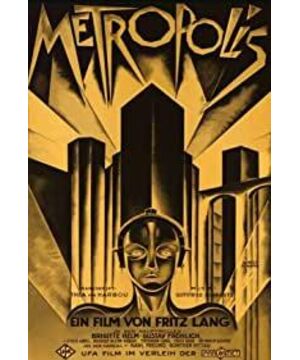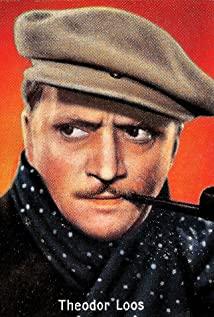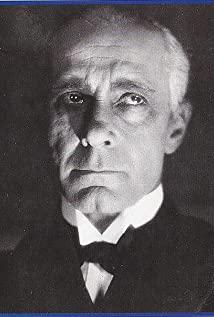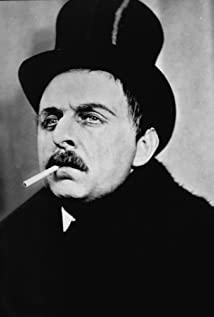Science fiction movies can make people dream come true, but also make people nightmare again and again.
Returning to the source of sci-fi movies, Metropolis, the first sci-fi movie in history, breeds bottomless despair.
This great work born in 1927, directed by the famous German director Fritz Lang, adapted from the novel of his wife Thea von Harbou, is a German expressionism. The pinnacle, post-apocalyptic sci-fi movies , "Blade Runner", "The Fifth Element", "Batman", etc., are all its descendants.
Returning to this silent film from 91 years ago, you will find that both the style and theme of the film and the shooting process are legendary.
There are some numbers that can stun audiences accustomed to special effects production today: 2 million feet of film, 25,000 male actors, 11,000 actresses, 750 child actors. The shooting took 18 months and cost 5 million marks.
In the studio, an expressionist-style model of the city's architecture was built, and by the hands of outstanding photographers Eugene Schuftan and Carl Freud, the photo effects were created to be as real as the real ones.
In the more than a year of shooting, Fritz Lang's perfectionism reached insane proportions, compared to Kubrick's benevolent tendencies.
According to Fritz Lang's biography, Lang drove the extras to film riot scenes like cattle, forcing them to stand in icy water for hours on end; the heroine was forced to jump from a height when she was about to be killed He even used real flames when he was tied to a post and burned to death.
It can be said that Lang's directing style is not without similarities to the actions of the villains in his films.
The rigorous filming process ultimately resulted in a groundbreaking work. The film creates two worlds, a bustling and magnificent "metropolis" and an underground city where workers live. Metropolis has countless skyscrapers and skywalks, while underground cities work like slaves in purgatory-like places.
The underground clocks showed only ten hours to allow for an extra day of work each week, as workers moved their heavy hands back and forth. The workers moved in neat, rigid movements, as if they were not a group of flesh and blood, but just puppets.
Lang immerses the whole film in a tone of horror and despair, as the exploding machine turns into a monster that devours life; countless faces emerge in the darkness, and countless round eyeballs fill the entire film from top to bottom. screen.
When the underground city is flooded, the children's arms waving like wavy boards as they call for Maria's help... The strong visual style creates a nightmarish atmosphere.
After the film was released, the reviews were very bad, and people were very dissatisfied with the advanced art style. Another reason is that at the time of the Great Depression in Germany, workers were not afraid of oppression, but of not being able to find a job.
Ironically, the film was appreciated by the Nazi Party. Hitler admired the film so much that he even intended to let Lang, a half-Jew, run the film industry. But Lang understood that this job could not be taken over, and on the night of his appointment, he fled to Paris, ignoring his valuable family property, collection of books, and paintings. And his wife, who is also a screenwriter he has worked with for many years, stayed in Germany, and later joined the Nazi Party and became a capable person in the film propaganda department.
However, the torrent of images is not enough to sweep away the loopholes and contradictions in the story, especially for viewers who are used to watching films that focus on storytelling, many parts of "Metropolis" are puzzling.
That's because the film was out of Lang's control at the time and was cut to pieces by distributors, censors and exhibitors, and some key segments were lost.
In 1984, a restored version was released in color and with an MTV-style soundtrack. Closer to Lang's original intent is the 2010 restoration, which adds 25 minutes of missing footage found in 2008 and recreates the original, imposing music of the year.
Many concepts in "Metropolis" have become standard in sci-fi films and thrillers of future generations: terrifying futuristic cities, mad scientists, robots with human shapes... Thus, various works have been derived: "The City of Moving Souls" , "Blade Runner," "The Fifth Element," "Alpha City," "L.A. Escape," "Closer," "Shadow Tycoon," and the Gotham City of Batman.
"The Bride of Frankenstein" recreates the image of a mad scientist; "Blade Runner"'s replicant was born out of a "fake Maria"; "Dr. Strangelove" The Doctor's uncontrollable hand moves toward the film's Rotwan The prosthetic hand pays tribute; "The Lost Wall" reproduces the horrific scene of the workers...
The electric arcs, bubbling beakers, glowing light circles, and other odd props of the mad scientist's experiments have become almost a matter of course, influencing hundreds of films.
As Roger Ebert said: " Like so many great films, 'Metropolis' creates places and characters that are powerful enough to enter our stockpile of images for us to imagine the world. "
Today, looking back at the "Metropolis" 91 years ago, we can say that it already has eternal life.
Public number: movie box (laodianyinghualang)
View more about Metropolis reviews











